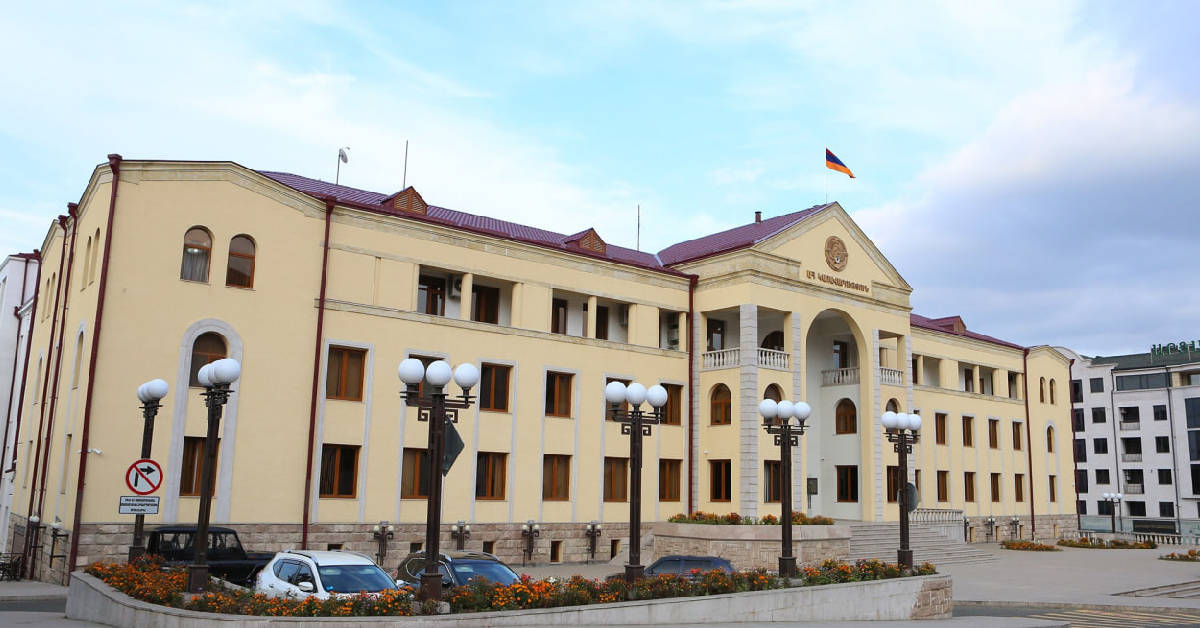2025
2025
2025-03-21

Azerbaijan continues the systematic destruction of the Armenian heritage in Artsakh. Churches and monuments are erased to the ground, along with entire villages such as Mariamadzor, Tsamdzor, and Karin Tak, as well as public buildings and districts. For example, in Stepanakert, entire residential neighborhoods, the historical part of the city, and government buildings have been destroyed.
This policy of Azerbaijan’s is not a new thing; rather, it is a strategy that has been implemented for decades. The appropriation of territory is carried out by erasing and consigning the Armenian heritage to oblivion—evidenced by the destruction of the khachkars of Jugha.
For many years, presenting itself as a victim of the Karabakh conflict, Azerbaijan prioritized the principle of territorial integrity and the issue of allegedly one million refugees, never concealing its intent to eliminate the Armenian presence.
What Azerbaijan has been doing in Artsakh since 2020 reveals its broader goal, attitude, and strategy, implemented through various means, such as the Albanization or destruction of Armenian cultural heritage.
The destruction and appropriation of heritage aim to erase the connection between the local population and the land, seize the territory, and attempt to legitimize the conqueror’s claim over it. There is extensive scholarly literature dedicated to the study of this phenomenon, while the erasure of memory is a key subject in conflict and genocide studies. The appropriation and annexation of territory are carried out through the displacement and destruction of the indigenous population, the erasure of their history, and the construction of a “new past.”
In his research The Destruction of Memory: Architecture at War, Robert Bevan notes:
“Ethnic cleansing was accompanied by a policy of cultural cleansing to render it permanent and irreversible. It was directed at collective memory, shared history and attachment to place and the built environment. It was designed to eradicate the histor¬ ical presence as well as the contemporary lives of the target community. Destroying graveyards and monuments is a way of carrying out ethnic cleansing retroactively.”
The policy of erasing memory and consigning it to oblivion is implemented through various mechanisms, such as denial, rewriting history for political expediency, the destruction of physical objects, changing place names, and creating new maps. Baku uses these mechanisms to appropriate the territory, history, and heritage of Artsakh. Following the displacement of the Armenian population from Stepanakert, monuments and residential buildings in the city are being systematically demolished. In their place, an urban environment serving Azerbaijani narratives is being constructed, such as "Victory Square," "Victory Park," and streets renamed with Azerbaijani names. Since October 2023, a policy has been pursued in the capital of Artsakh to erase its Armenian past, consign it to oblivion, and construct a new "Khankendi" past and future.